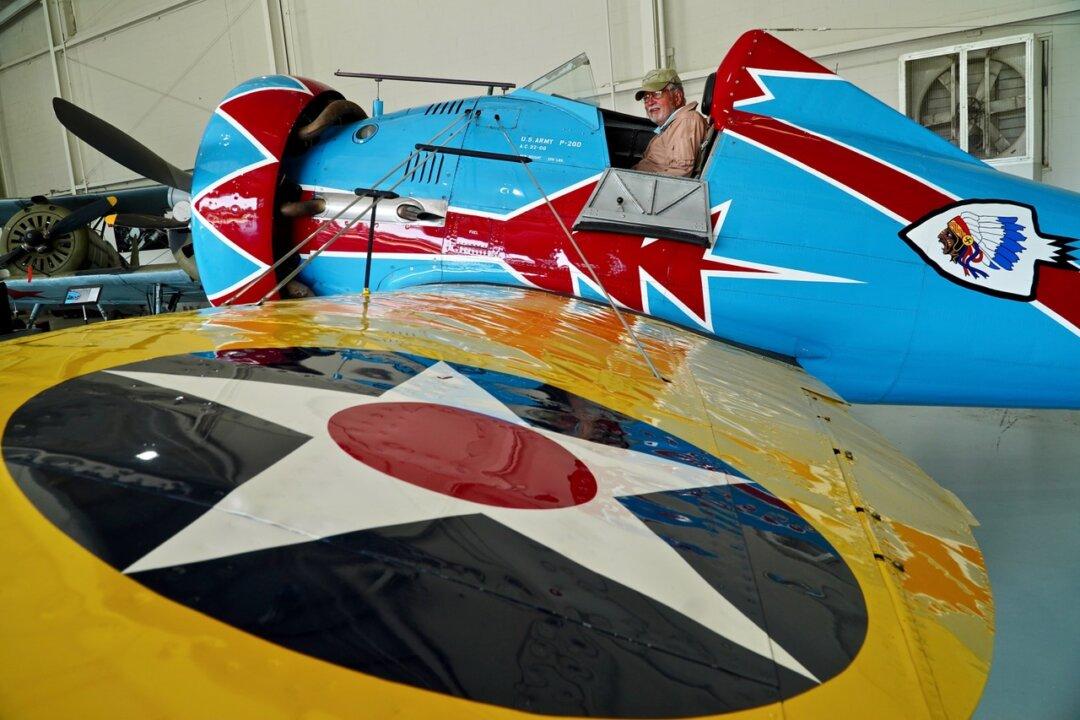I stood outside the Military Aviation Museum in the cool breeze, holding my daughter in my arms as the Spitfire and Hurricane engines roared.
“Airplane! Look!” My daughter squealed over the noise of the propellers of the World War II military aircraft. Because the weather was so windy, the working military planes were not going to fly, but the presence of these aircraft was an impressive thing to behold.





